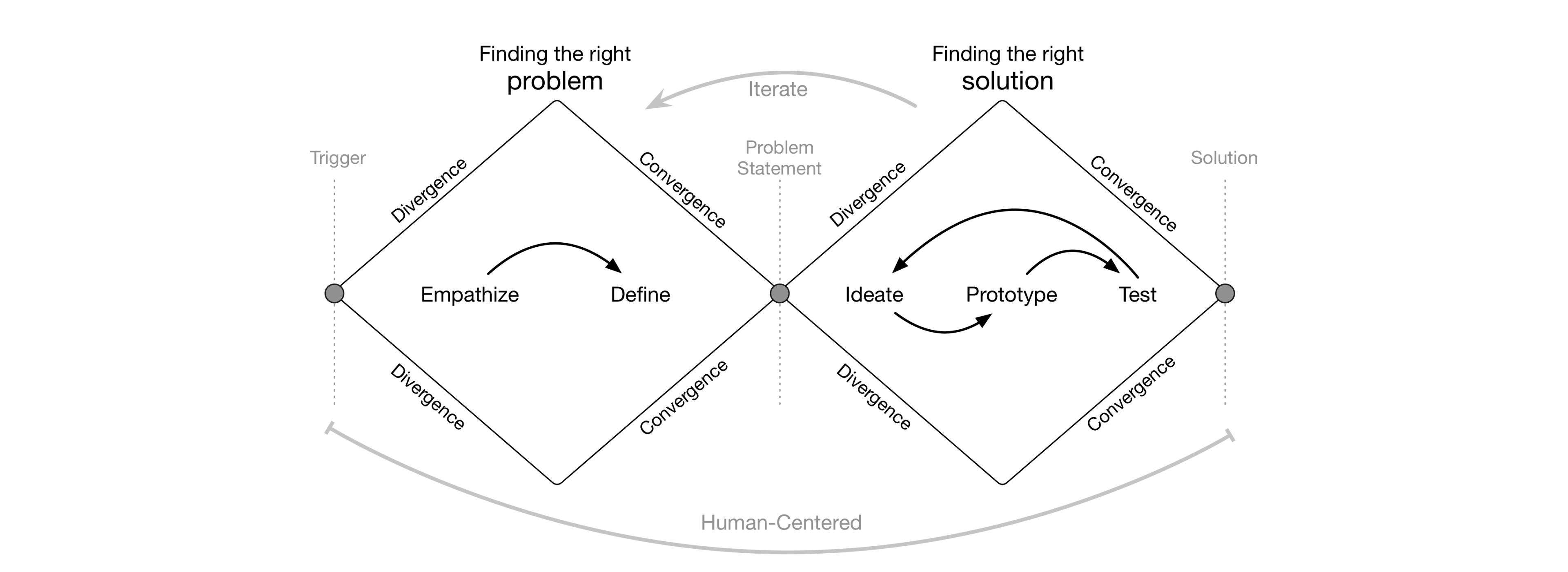
Design leadership, for me, is about creating clarity — for users, teams, and the business. I bring structure to ambiguity, guide teams toward measurable outcomes, and help organisations scale with purpose. Below are the principles that guide my work — and how they’ve shaped real impact across the teams and products I’ve led.
Informed decisions
Deep product knowledge enables me to make well-informed design decisions. I can align design strategies with the product's goals, functionalities, and constraints.
Effective collaboration
Collaboration with cross-functional teams, such as product and engineering, becomes more effective when I’m well-versed in the product. I can communicate design requirements and constraints clearly.
Innovation
Deep product knowledge allows me to identify opportunities for innovation and improvement. I can suggest enhancements that align with the product's roadmap.
Problem solving
Knowing the product's intricacies allows me to identify and address design challenges and pain points more efficiently.
Quality assurance
Ensuring a high-quality user experience requires an understanding of how the product works. I can play a role in quality assurance by identifying and rectifying design-related issues.
Leadership
My great understanding of products inspire confidence and trust within my design teams. In-depth knowledge serves as a valuable resource for the team. Test

Design direction
Setting the design vision and strategy for the team, aligning it with the company's goals and user needs.
Team leadership
Providing leadership, mentorship, and support to team members, fostering a collaborative and creative work environment.
Team development
Investing in the professional growth and development of team members, encouraging continuous learning and skill enhancement.
Project management
Overseeing design projects, setting priorities, and ensuring they are completed on time and within budget. Ensuring the right process and tools.
Business acumen
Understanding the business aspects of design, such as cost considerations, market analysis, and how design impacts the company's bottom line. Striking the right balance between user needs and business goals.
Goal setting
Setting clear design objectives, key performance indicators, and success metrics for the team.

Design thinking is a non-linear, iterative process that teams use to understand users, challenge assumptions, redefine problems and create innovative solutions to prototype and test.
Put people first - start with an understanding of the people using a service, their needs, strengths and aspirations.
Communicate visually and inclusively
Help people gain a shared understanding of the problem and ideas.
Collaborate and co-create
Work together and get inspired by what others are doing.
Iterate, iterate, iterate...

1. Understand
Learn more about the user, his/her needs and the tasks he/she must complete.
At the same time, we define the creative framework more exactly, for which we want to design solutions.
2. Observe
Only reality can show us whether our assumptions will be confirmed. This is why we have to ‘go to the places’ where our users are.
3. Define point of view
In this phase, we focus on evaluating, interpreting and weighting the findings we have gathered. The result eventually flows into the result synthesis (point of view).
4. Ideate
Ideation is a step toward finding solutions for our problems. We use various forms of brainstorming and creative techniques to achieve the goal.
5. Prototype
The building of prototypes helps us to test our ideas or solutions, quickly and without risk, with our potential users.
6. Test
Testing phase takes place after each built prototype, even if individual functions, experiences, or forms were developed. When testing, the most important thing is that interaction with the potential user takes place.